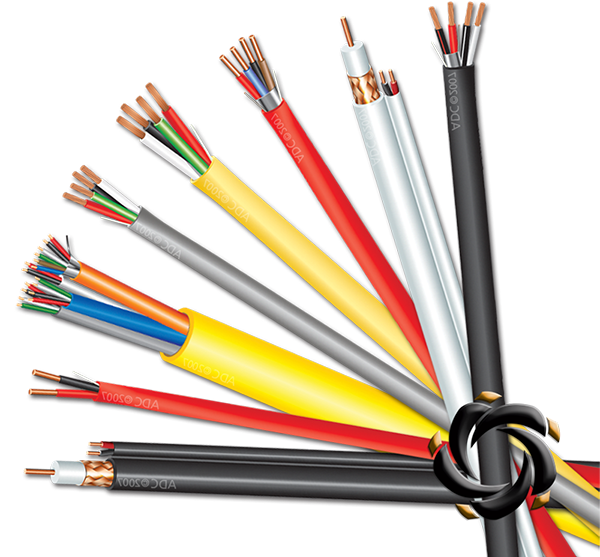The durability of Speaker Cable insulation directly impacts the lifespan and reliability of the cable, especially in varied environmental conditions. PVC (Polyvinyl Chloride) is a widely used material for insulation due to its cost-effectiveness and balanced performance. It provides decent protection against physical wear and is suitable for typical home or office audio setups. However, PVC can be prone to degradation when exposed to UV rays, moisture, or extreme temperatures over time. This degradation may result in cracks or brittleness, compromising the integrity of the insulation. Teflon (PTFE), on the other hand, is renowned for its outstanding durability. It is highly resistant to aging and environmental factors, such as exposure to UV light, moisture, chemicals, and extreme temperature fluctuations. Unlike PVC, Teflon does not degrade or harden over time, which makes it a preferred choice for high-end, long-lasting Speaker Cable applications. Teflon’s resistance to wear and tear ensures that it can withstand harsh conditions without compromising the protection of the internal conductors.
Flexibility is essential when it comes to Speaker Cable installation, particularly in complex setups where cables need to be routed through tight spaces, around corners, or within cable management systems. PVC provides a good level of flexibility, which is beneficial for general use in audio systems. It is easy to handle and install, especially in moderate conditions. However, PVC can become less flexible in colder environments or over extended use, potentially making it difficult to bend or work with without risking damage to the cable’s structure. Teflon, though initially more rigid than PVC, maintains its flexibility even in low temperatures. This makes it ideal for use in environments where temperature fluctuations are common, such as outdoor settings or in professional audio applications where cables might need to be moved or adjusted frequently. The superior flexibility of Teflon ensures that Speaker Cable remains manageable and adaptable, even under more challenging physical conditions, without sacrificing the integrity of the insulation.
Heat resistance is one of the most critical factors for Speaker Cable insulation, particularly when dealing with high-power audio systems. Teflon offers exceptional heat resistance, capable of withstanding temperatures well beyond those that PVC can tolerate. This high thermal stability allows Teflon-insulated cables to function efficiently even when exposed to heat generated by amplifiers, electrical equipment, or other high-energy components in an audio system. The heat-resistant properties of Teflon prevent the insulation from melting, warping, or losing its protective qualities under intense conditions, ensuring that the Speaker Cable continues to perform optimally without the risk of electrical short circuits or insulation failure. PVC, while suitable for typical residential or light-duty applications, has a relatively lower melting point compared to Teflon. In environments with high temperatures, PVC-insulated cables may experience deformation, which can lead to signal degradation, increased risk of damage to the inner conductors, and overall system failure. Teflon’s superior heat resistance makes it the preferred option for high-performance audio systems or setups exposed to elevated heat levels, offering long-term reliability and safety.
















